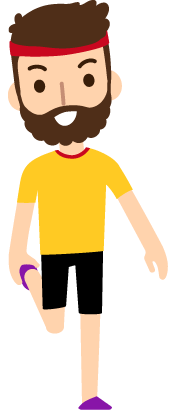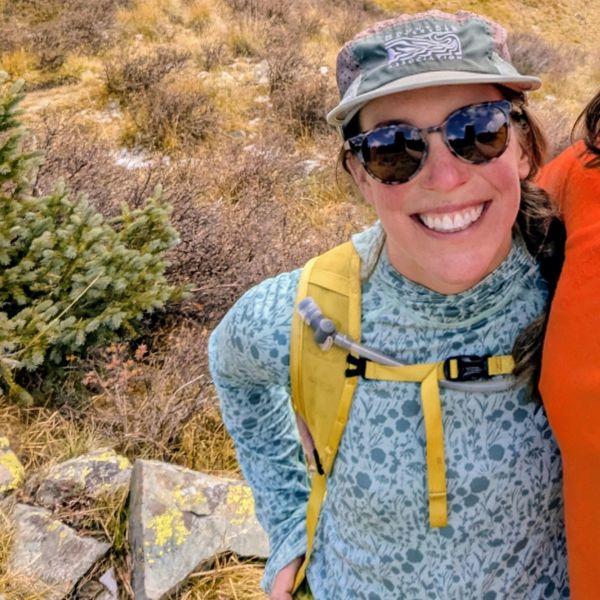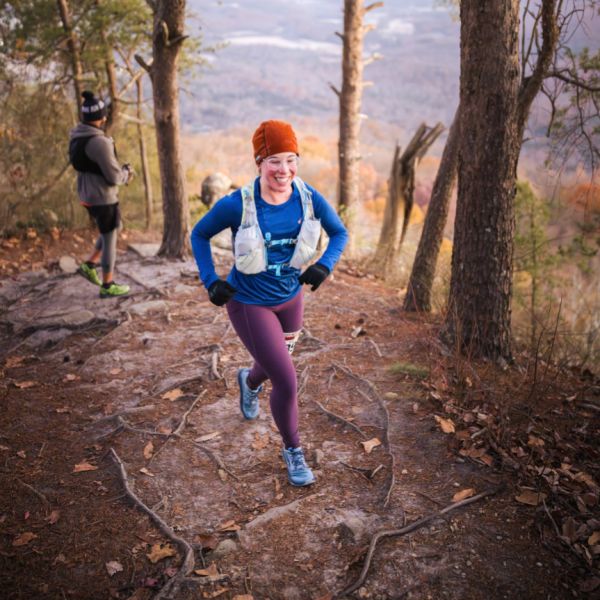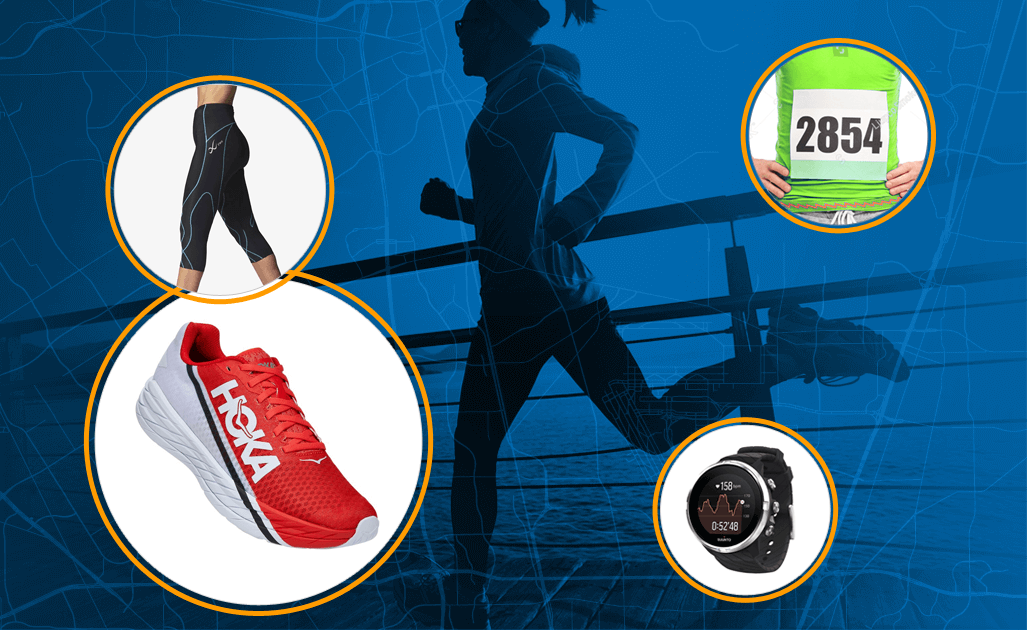This is part two of the Post-Run Yoga Stretches series.
Read part one here...
First, let's review a few things.
“I’m NOT flexible enough for yoga.”
“I thought yoga/stretching WASN'T GOOD for runners.”
FYI... yoga is a dynamic, heat-building practice that encompasses:
In other words, yoga is not simply sitting on your butt, passively stretching or pulling yourself into contorted, painful shapes.
"Yoga is not simply sitting on your butt, passively stretching or pulling yourself into contorted, painful shapes."
—Brynn Cunningham
Yoga can help you...
1. Calm Down. Yoga allows us to bring down the high vibration of running by utilizing deep breathing.
2. Restore Energy. The breath allows us to bring the energy back into homeostasis, particularly after high intensity, hill repeat, speed-focused or interval runs.
3. Support Recovery. When we breathe deeply, we activate the parasympathetic nervous system, which controls the restorative center of our body, allowing for optimal post-run recovery. Combined with proper rest and fueling after the run, yoga can help get us refill the tank.
4. Improve Balance. When synching breath with movement while flowing through yoga postures, we train ourselves to sync breath with movement outside of yoga, i.e., daily life.
5. Breathe. Yoga poses are the catalysts to prompt us to use our breath.
It's the breath. (That's the important reminder!)
There, you are doing yoga. One might even say you are meditating.
So let’s get to it. Where were we?
We just finished running.
Let’s transition to the next thing in life slowly, with post-run yoga.
Do not:
The poses are listed in order so that they flow well when done one right after the other, which is how I usually progress through the series.
In other words, I go from triangle pose to pyramid to revolved triangle and so forth on one leg before switching to the other leg, which means I do Standing Wide-Legged Forward Fold twice.
Feel free to do them that way, or switch legs after each pose or several poses. Experiment for a while, change it up every time, find something that works for you.
Make it dynamic:
Benefits:
Benefits:
Benefits:
Benefits:
Benefits:
Benefits:
Benefits:
If seven poses seems like too many, start with one pose and hold it for three breaths per side.
The next day, choose another pose. Play with the sequence. Add poses from this sequence to the poses from:
Keep adding poses and the number of breaths until you tailor your post-run yoga session to meet your wants and needs.
Some days you’ll have time for more, some days less.
The purpose is to decompress and settle into the breath in order to elevate your recovery experience, which is as equally important as your training session.
Please post in the comments.
Happy running and happy yoga!
Favorite Yoga App for Daily Morning Practice:
What Brynn’s Wearing:
Brynn received her 230-hour yoga instructor certification from the Asheville Yoga Center (AYC) in North Carolina in 2015. Prior to formal training, she began teaching at community centers in 2011.
She took her first yoga class at age 18, in 2001, when someone suggested it would be good for her as a runner. Yoga became a daily practice for her in 2009.
Each morning, she wakes up and practices for 60 to 90 minutes to begin the day with the breath and movement.
Brynn founded Inhale Exhale Run first as a blog where she could write about yoga and running and then as a way to bring Yoga for Runners Workshops and yoga classes to groups and studios.
Past and present yoga clients and teaching locations include:
Photography by Colleen O’Neil

Login to your account to leave a comment.





We Want to Give it to You!
